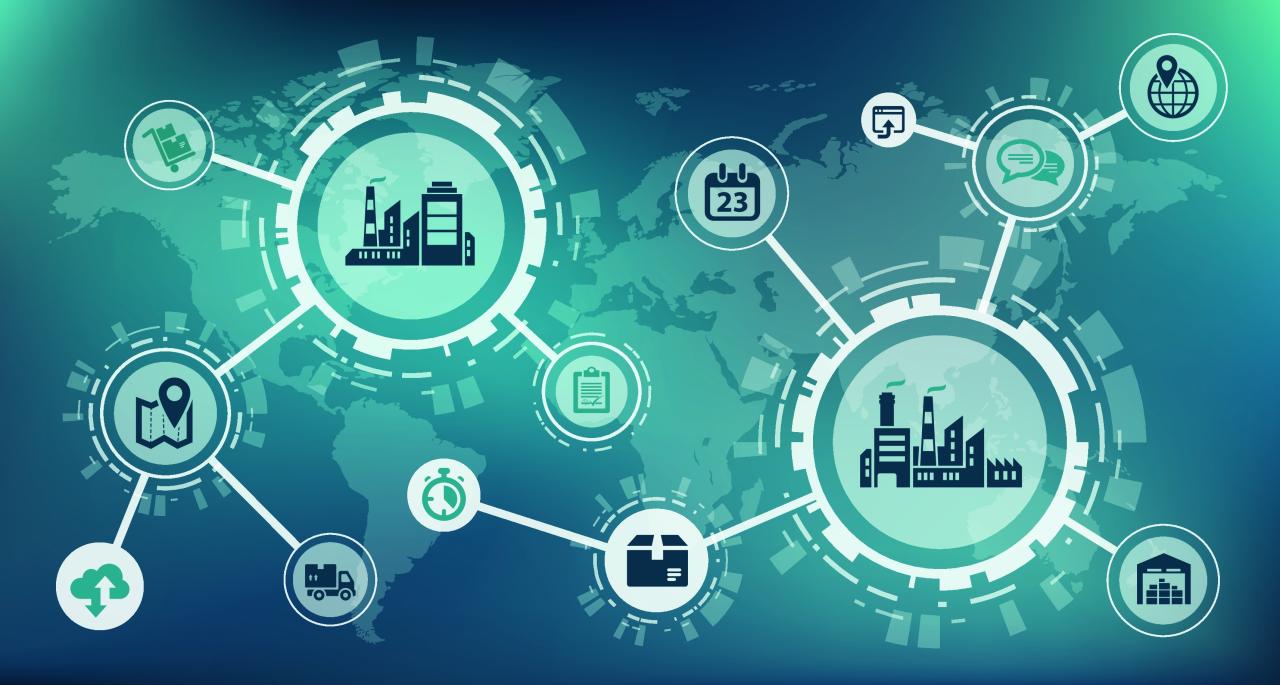

How Technology is Transforming the Logistics and Supply Chain Industry
The logistics and supply chain industry has undergone a significant transformation in recent years, driven by the advent of technology. The industry, which has traditionally been labor-intensive and prone to inefficiencies, is now leveraging technology to become more agile, responsive, and cost-effective. From artificial intelligence (AI) and robotics to blockchain and the Internet of Things (IoT), technology is revolutionizing the way goods are manufactured, stored, transported, and delivered.
Increased Visibility and Transparency
One of the most significant benefits of technology in logistics and supply chain management is increased visibility and transparency. With the help of IoT sensors, GPS tracking, and real-time analytics, companies can now track their shipments and inventory in real-time, enabling them to respond quickly to disruptions and changes in demand. This increased visibility also allows companies to identify inefficiencies in their supply chain and make data-driven decisions to optimize their operations.
For instance, companies like Maersk, the world’s largest container shipping company, are using IoT sensors to track their containers in real-time, enabling them to optimize their routes and reduce transit times. Similarly, companies like Procter & Gamble are using analytics to track their inventory levels and optimize their supply chain operations.
Automation and Robotics
Automation and robotics are also playing a key role in transforming the logistics and supply chain industry. With the help of robotics, companies can automate tasks such as warehousing, inventory management, and order fulfillment, enabling them to reduce labor costs and increase efficiency.
For instance, companies like DHL and FedEx are using robots to automate their warehousing operations, enabling them to process orders faster and more accurately. Similarly, companies like Amazon are using robots to automate their order fulfillment operations, enabling them to deliver products to customers faster and more efficiently.
Artificial Intelligence and Machine Learning
Artificial intelligence (AI) and machine learning are also being used to transform the logistics and supply chain industry. With the help of AI and machine learning algorithms, companies can analyze large amounts of data to identify patterns and trends, enabling them to make predictions and forecasts about demand and supply.
For instance, companies like UPS are using AI to optimize their routes and reduce fuel consumption, while companies like Walmart are using machine learning to predict demand and optimize their inventory levels.
Blockchain Technology
Blockchain technology is also being used to transform the logistics and supply chain industry. With the help of blockchain, companies can create tamper-proof records of transactions, enabling them to track their shipments and inventory with greater accuracy and security.
For instance, companies like Maersk and Walmart are using blockchain to track their shipments and inventory, enabling them to reduce counterfeiting and improve supply chain security.
Digital Freight Marketplaces
Digital freight marketplaces are also emerging as a key trend in the logistics and supply chain industry. With the help of digital marketplaces, companies can connect with carriers and shippers in real-time, enabling them to optimize their transportation operations and reduce costs.
For instance, companies like Uber Freight and Convoy are using digital marketplaces to connect shippers with carriers, while companies like C.H. Robinson are using digital marketplaces to optimize their transportation operations.
Challenges and Opportunities
While technology is transforming the logistics and supply chain industry, there are also challenges and opportunities that need to be addressed. One of the biggest challenges is the need for standardization and interoperability, as different companies and systems may use different technologies and formats.
Another challenge is the need for cybersecurity, as the increased use of technology creates new vulnerabilities and risks. However, with the right investments and strategies, companies can overcome these challenges and reap the benefits of technology in logistics and supply chain management.
Conclusion
In conclusion, technology is transforming the logistics and supply chain industry in profound ways. From increased visibility and transparency to automation and robotics, AI and machine learning, blockchain, and digital freight marketplaces, technology is enabling companies to become more agile, responsive, and cost-effective.
As the industry continues to evolve, companies that invest in technology and innovation will be better positioned to succeed in a rapidly changing market. With the right strategies and investments, companies can overcome the challenges of technology adoption and reap the benefits of a more efficient, responsive, and cost-effective supply chain.
Future Outlook
The future outlook for technology in logistics and supply chain management is promising. As technology continues to evolve, we can expect to see even more innovative solutions and applications emerge. For instance, the use of autonomous vehicles and drones is expected to increase, enabling companies to reduce labor costs and improve delivery times.
The use of augmented reality and virtual reality is also expected to increase, enabling companies to improve their warehousing and inventory management operations. Additionally, the use of 5G networks is expected to enable faster and more reliable communication, enabling companies to respond quickly to changes in demand and supply.
Innovations on the Horizon
Some of the innovations on the horizon include:
- Autonomous Warehouses: Autonomous warehouses that use robots and AI to manage inventory and fulfill orders.
- Smart Containers: Smart containers that use IoT sensors to track temperature, humidity, and other conditions in real-time.
- Digital Twins: Digital twins that use AI and machine learning to simulate supply chain operations and predict demand and supply.
- Synthetic Data: Synthetic data that uses AI and machine learning to generate realistic data sets, enabling companies to test and simulate supply chain operations.
In conclusion, technology is transforming the logistics and supply chain industry in profound ways. As the industry continues to evolve, companies that invest in technology and innovation will be better positioned to succeed in a rapidly changing market. With the right strategies and investments, companies can overcome the challenges of technology adoption and reap the benefits of a more efficient, responsive, and cost-effective supply chain.




